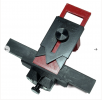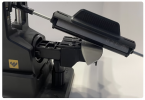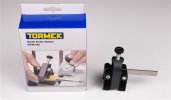- Joined
- Sep 2, 2004
- Messages
- 18,484
I have Lansky and KME guided rod sharpening systems. Neither one allows me to sharpen small narrow blades to the acute angle I'd prefer. I finally purchased a Worksharp Elite abrasive belt sharpener. I was nervous about using it on some of my more expensive knives, but after practicing on old knives and kitchen knives I can confidently sharpen anything I own with good results.
Following up with a loaded leather hone gives excellent results.
Following up with a loaded leather hone gives excellent results.


 most people are at playing instruments- doesn't stop them unfortunately
most people are at playing instruments- doesn't stop them unfortunately

